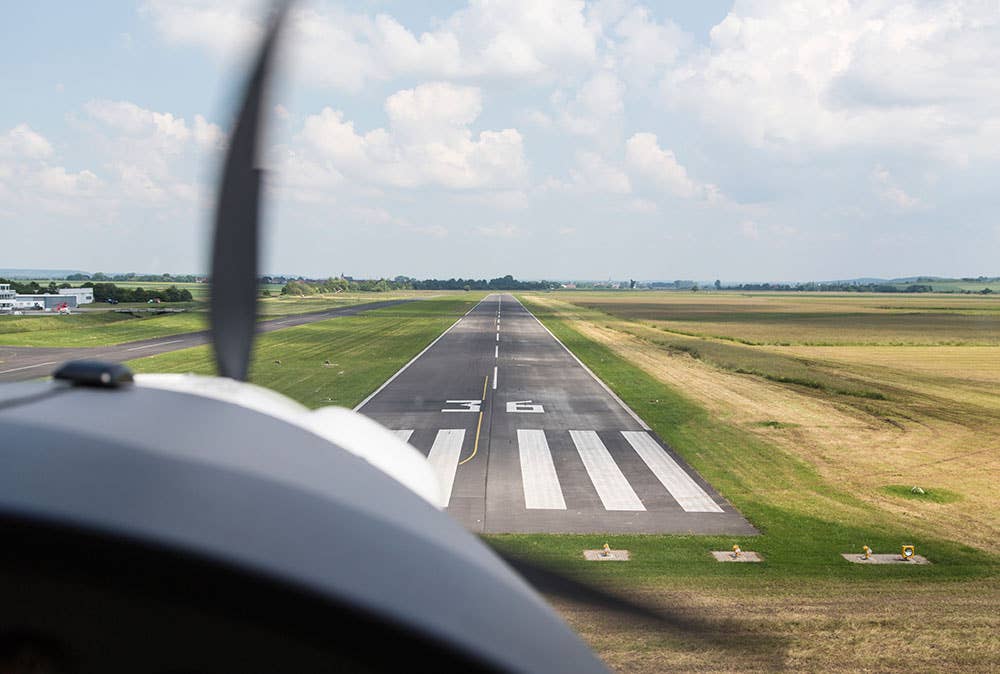
As we make our resolutions for the new year, vowing to shed bad habits and start fresh, one of the things we will want to continue to carry with us is the knowledge we have gained and lessons learned over the year to remind us of how to be the best and safest pilots possible. With these top 10 tips, as selected by what was the most read this year, no matter what level your skills are at, they are sure to offer a head start for improving your flying techniques in 2016.
For more helpful articles on staying proficient, check out our tip of the week section here.
Or continue looking back on the year with our "Top 10 Viral Aviation Videos of 2015."
FLYING StaffAuthor
The World's Most Widely Read Aviation Magazine|🛩 🚁 ✈️ 🚀
Related Stories

Sign-up for newsletters & special offers!
Get the latest FLYING stories & special offers delivered directly to your inbox






